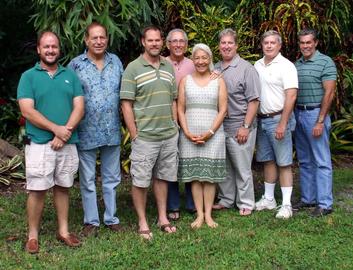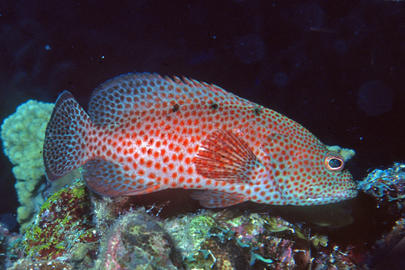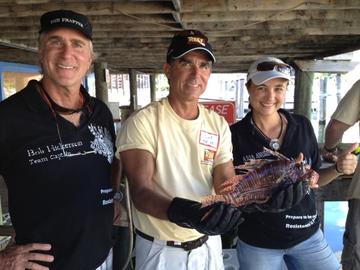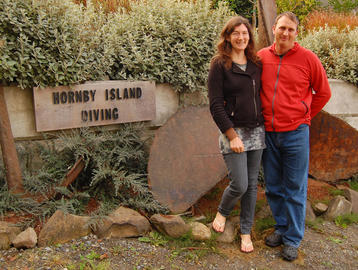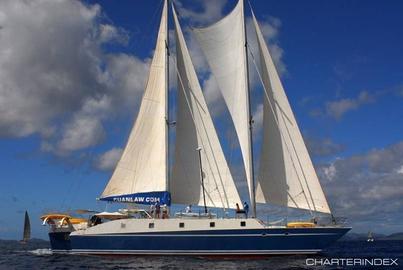For more than 20 years, REEF has been conserving marine ecosystems through education, service, and research. It’s an exciting time for REEF as we work hard to extend the reach of our innovative marine conservation programs. One way REEF is doing this is by inviting diverse leaders to the Board of Trustees to help guide the foundation, including these three new members:
$1,534 per person double occupancy - includes: lodging for 7 nights at the Sandton Kura Hulanda Lodge, rental car, breakfast each morning, 5 days of 2-tank boat dives, and all taxes and transfers.
+$200 REEF Program Fee per diver will be added to each package to cover the cost of the group leader, seminar and survey materials.
**For more information and to book your space, contact Martha at REEF Headquarters, trips@REEF.org or 305-852-0030. All proceeds will benefit REEF's Lionfish Control Studies.
This report summarizes several years of work on Goliath Grouper to provide an understanding of adult ecology and behavior so that the population could be managed sustainably. REEF data were used to provide information on distribution patterns throughout the southeatern US and regional densities in Florida. The authors found high concordance between their quantitative reef survey data and the categorical abundance data collected by REEF volunteers, thus reducing uncertainty about use of REEF's population data for future stock assessments.
This paper evaluates two sets of fisheries-independant data on Goliath grouper populations in Florida. The datasets include the REEF Survey Project database and personal observations from a professional spearfisher. Because all harvest of this species was prohibted starting in 1990, fisheries-independant data like these are critical to understanding change in the populations, including any recovery that may be occuring. The paper also provides information on standarization techniques that can be applied to the REEF data.
New Fishinars have been added! Check out the Webinar Training page (www.REEF.org/resources/webinars). These popular online training sessions provide fishie fun in the comfort of your own home. Fishinars are free, and open to all REEF members. You need to register for each session you want to attend. No special software is required, just a web browser. Upcoming sessions include:
This summer REEF, in partnership with Divers Direct and SeaGrant Florida, hosted its third annual Lionfish Derby Series. The series included four derbies in Florida (Miami, Fort Lauderdale, West Palm Beach, and Key Largo) and one in Green Turtle Key, Bahamas. The event series was a huge success—in total, 219 participants in 60 teams brought in a total of 2,694 lionfish!
This paper features research findings from powerful genetic techniques and the REEF survey data that reveal two new species of hamlet in the Caribbean. As REEF Caribbean surveyors know, hamlets are a group of colorful small sea basses that can sometimes cause ID confusion because of their myriad of colors and patterns. The varied color patterns in these small predators are thought to be a result of mimicry of other colorful herbivore species. There has been ongoing debate in the scientific world about which are actual species and which are simply just color variants or morphotypes.
REEF is proud to partner with over 130 dive shops, dive clubs, individuals, and other organizations as REEF Field Stations.
Need to get away before the holidays get started? Two spots are still available on the Cuan Law livaboard November 11-17, one female share and one male share. This luxurious trimaran features a wonderful menu, wide stable platform, and dive sites of various habitats sailing around the British Virgin Islands – the perfect live-aboard combo! Some of the interesting fish we will be searching for include lancer dragonets, spotted eagle rays, and striking indigo hamlets.

